Insurance Policy Termination Letter Template Guide
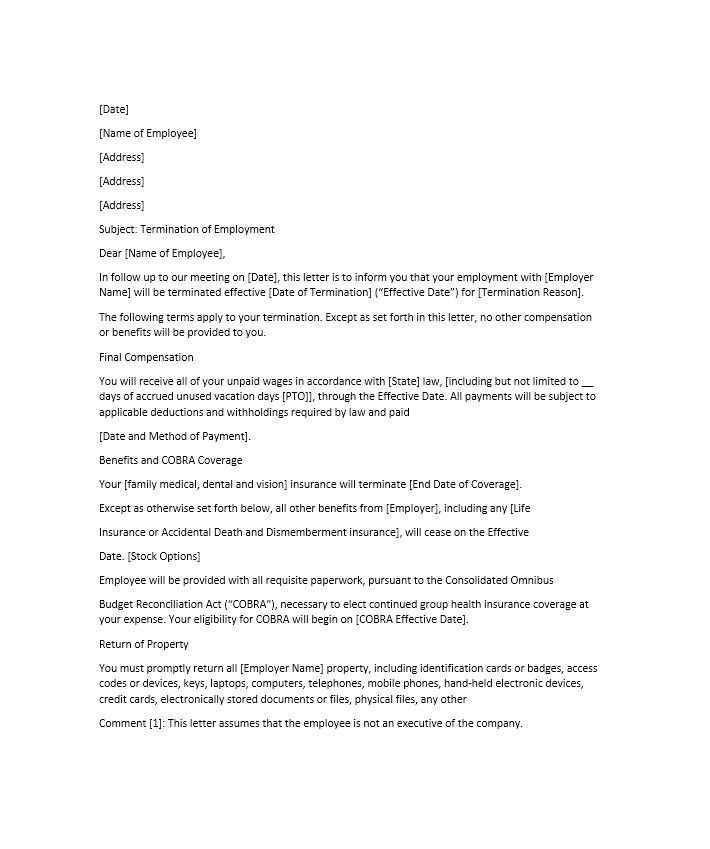
Ending a contractual agreement with your provider can be a straightforward process if you know how to handle the necessary documentation. Properly drafted paperwork ensures that both parties are aware of the termination and can help avoid any misunderstandings. Whether you’re moving to a new provider or no longer require the service, it’s essential to follow the correct steps to finalize the cancellation.
Clear communication is key when ceasing a service, and providing detailed information in your correspondence can make the process smoother. While each company may have its own requirements, there are common practices that are generally expected in such communications. Knowing how to structure your message can save you time and effort, preventing any delays or issues in the future.
In this guide, we will walk you through the elements of a well-constructed cancellation notice. You’ll learn what details are necessary, how to phrase your request, and what to expect from the process. By following this advice, you’ll be prepared to handle any situation related to ending your coverage without complications.
How to Write an Insurance Termination Letter
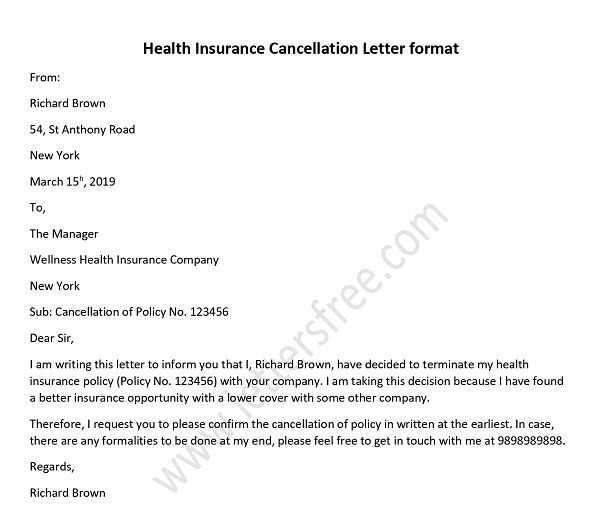
When ending a contractual agreement with your provider, it’s crucial to create a formal document that clearly communicates your intent. This document serves as an official record of your request, ensuring both parties are on the same page regarding the end of the arrangement. A well-structured message can help prevent any potential disputes or confusion, making the entire process more efficient.
Essential Information to Include
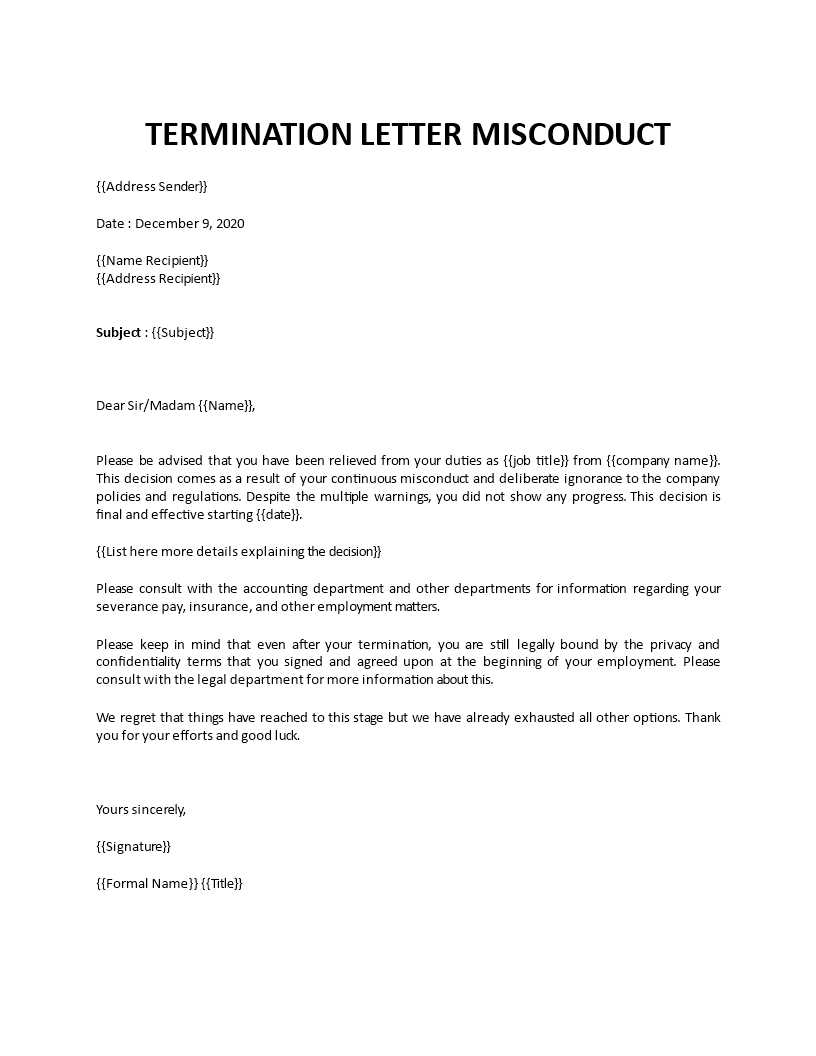
Start by including your personal details, such as your full name, contact information, and account or reference number. It’s important to state explicitly that you wish to end your current arrangement, mentioning the effective date of cancellation. Make sure to include any additional instructions or requests, such as confirming receipt of your communication or providing proof of cancellation if necessary.
How to Phrase Your Request
Be clear and concise in your wording, avoiding unnecessary language. State your intent to end the agreement professionally, using polite yet direct phrasing. For example, instead of using vague terms like “I might cancel,” say, “I request that this agreement be ended effective [date].” Ending your communication with a polite thank you or a request for confirmation can help maintain a positive tone throughout the process.
Essential Elements of a Termination Letter
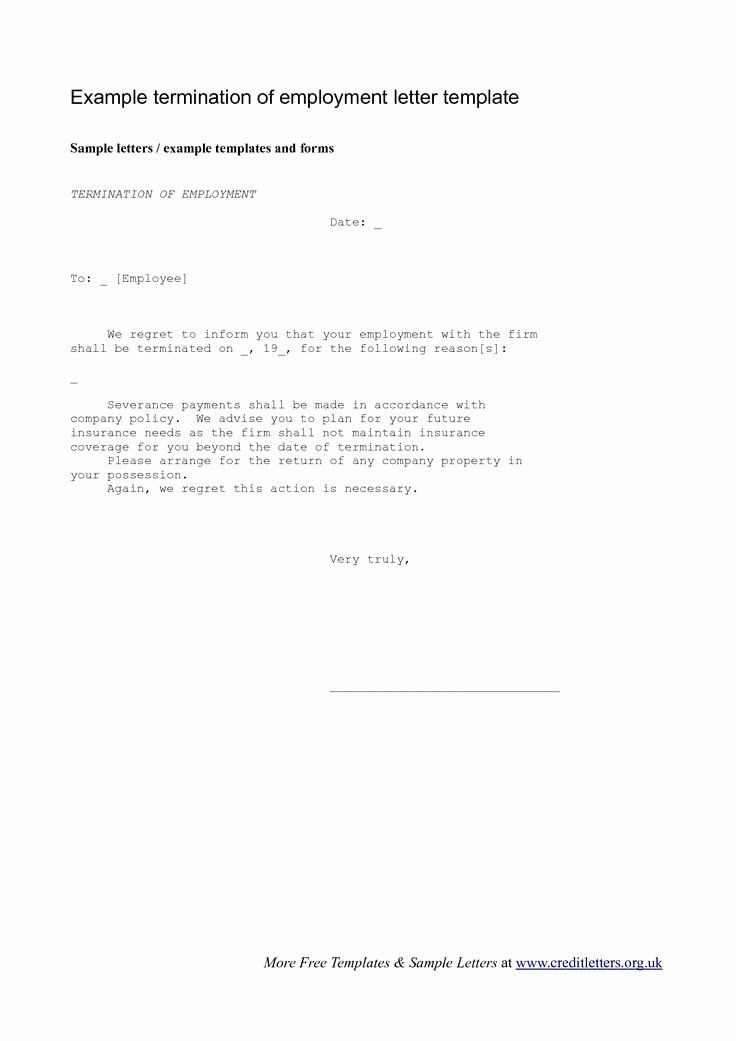
When drafting a formal request to end a service, it’s important to include key details to ensure your message is clear and actionable. This helps both you and the recipient understand the specific terms and timelines associated with the cancellation. A well-structured communication minimizes confusion and ensures a smooth transition.
Here are the essential elements to include:
- Your contact information: Start with your full name, address, phone number, and email address. This helps the provider quickly identify your account.
- Account or reference number: Include any specific identification numbers related to your agreement, such as policy numbers or customer IDs.
- Clear statement of cancellation: Explicitly state that you wish to end the arrangement, specifying the date you wish the cancellation to take effect.
- Reason for ending the agreement: While optional, providing a reason for your decision can be helpful and is sometimes required by the provider.
- Request for confirmation: Ask for a written acknowledgment or confirmation that your request has been processed.
- Any required documentation: If there are any forms or additional documentation the provider requires to process the cancellation, mention them here.
Including these elements ensures that your request is both professional and comprehensive, leaving little room for misinterpretation or delays.
Step-by-Step Guide to Cancelling Insurance
Ending a service agreement can seem like a complex task, but by following a clear process, you can ensure a smooth and hassle-free cancellation. Understanding the necessary steps and knowing what to expect can make the entire procedure more efficient. Here is a step-by-step guide to help you navigate the cancellation process with ease.
First, review the terms of your agreement to understand the cancellation process and any potential fees or conditions. It’s important to check for any minimum notice periods or required documentation to avoid unnecessary complications.
Next, gather all relevant information, such as your account details, contract number, and personal information. This will help the service provider identify your account quickly and process your request without delays.
Once you have everything in order, submit your formal request to cancel the agreement. Ensure that you state your intent clearly and specify the date you wish the cancellation to be effective. It’s also wise to ask for confirmation in writing so you have a record of the request.
Finally, follow up if you do not receive a response within the expected time frame. Sometimes providers may require additional information or documentation before processing the cancellation. By staying proactive, you can ensure the process moves forward without unnecessary delays.
Common Mistakes to Avoid When Cancelling
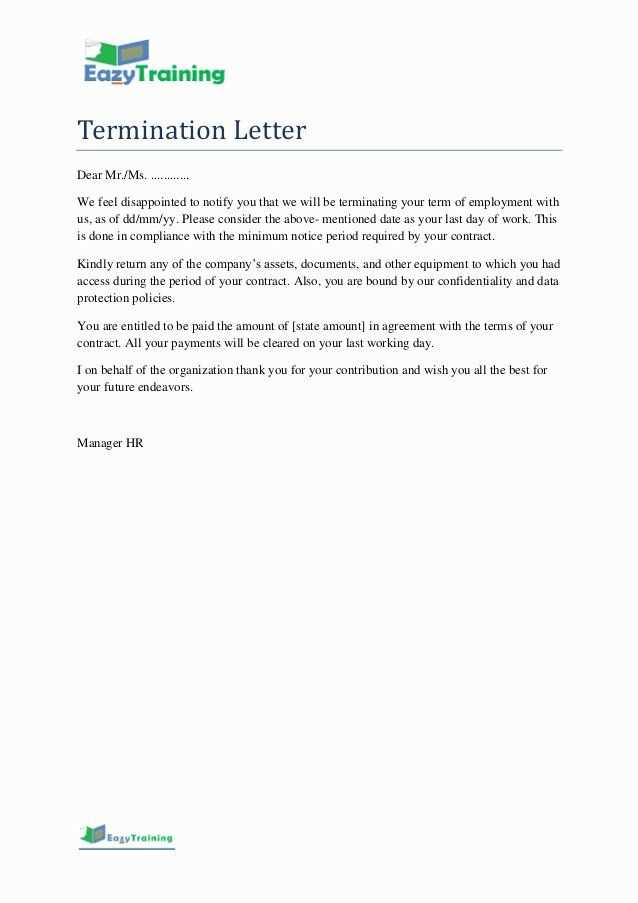
When ending a service agreement, there are several common pitfalls that can cause delays or complications. By being aware of these mistakes, you can avoid unnecessary issues and ensure the process goes smoothly. Paying attention to the details and following the proper steps is key to successfully ending your commitment without stress.
Not Reviewing the Terms First
One of the most frequent mistakes is not fully understanding the terms of your agreement before taking action. Failing to review the contract can result in missing crucial details, such as cancellation fees or notice requirements. Always ensure you are aware of any deadlines, penalties, or specific instructions the provider has outlined for cancelling.
Missing Required Documentation
Another mistake is neglecting to submit the necessary paperwork. Some providers may require specific forms, identification, or proof of your request before processing the cancellation. To avoid delays, check what documentation is needed and ensure you provide it with your request.
What to Include in Your Letter
When drafting a formal request to end an agreement, it’s important to ensure that all necessary details are included. A well-crafted message will provide the recipient with all the information they need to process your request efficiently. Leaving out key elements could cause delays or confusion, so it’s essential to be thorough and precise.
Start by including your full name, contact information, and account or reference number. This helps the provider quickly identify your account and confirm the details of your agreement. It’s also crucial to clearly state that you wish to end the arrangement, specifying the date you wish it to take effect.
Additionally, it’s a good practice to mention any reason for the cancellation, though this is optional. If applicable, ask for a confirmation of receipt and request a written acknowledgment of the cancellation. Finally, make sure to include any additional instructions or requirements from the provider’s end, such as returning materials or forms.
Understanding Your Agreement Terms
Before initiating the process to end your arrangement, it’s essential to have a clear understanding of the terms outlined in the agreement. These terms dictate how and when you can cancel, as well as any potential fees or requirements associated with ending the service. Familiarizing yourself with these details will ensure that you comply with the necessary steps and avoid surprises.
Start by reviewing the document carefully, paying particular attention to sections related to cancellation. These often include notice periods, any penalties for early termination, and specific instructions for submitting a request. It’s also important to note whether there are any conditions or restrictions that could affect the timing or the method of cancellation.
By understanding these terms, you can make an informed decision about when and how to proceed with ending the agreement. Knowing your rights and responsibilities will help you navigate the cancellation process smoothly and without unnecessary complications.